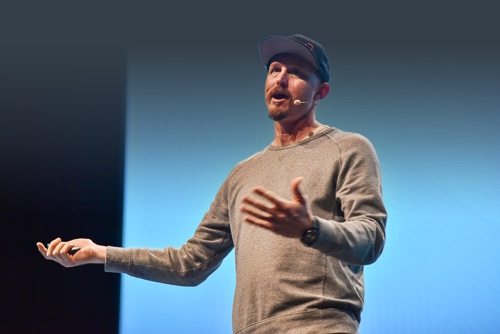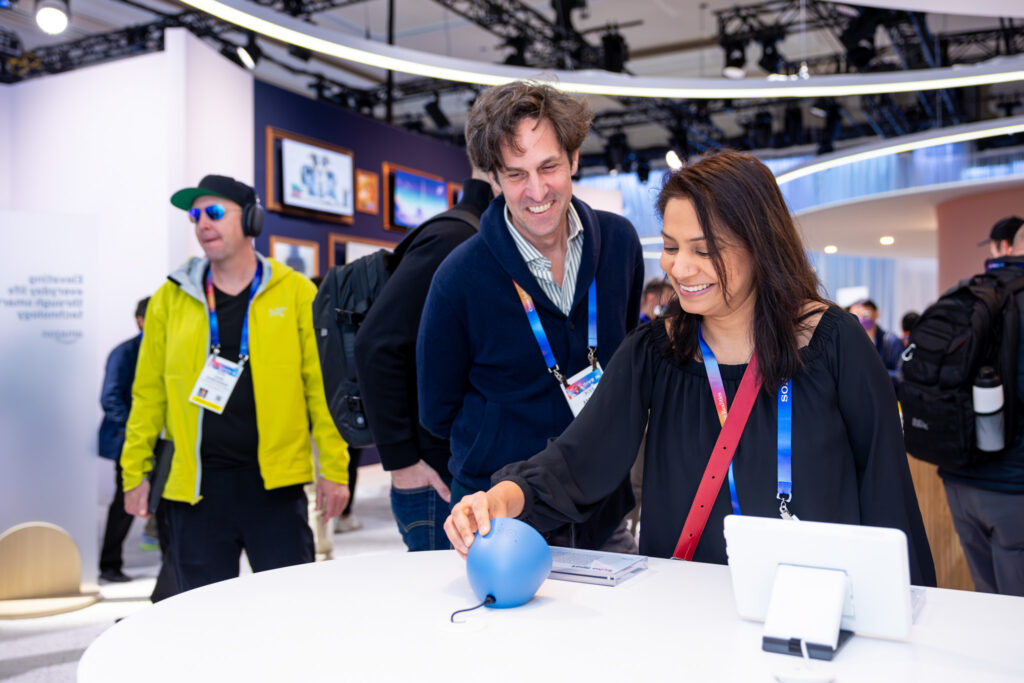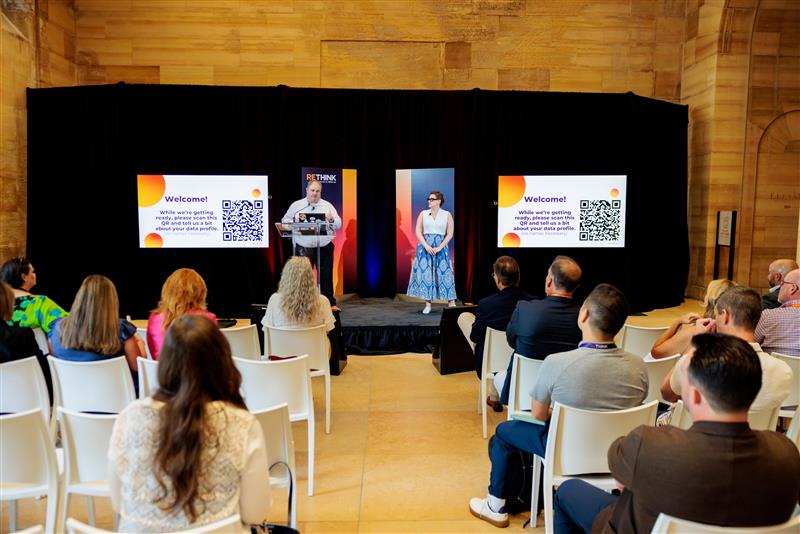So, here’s the thing…
Anyone who’s ever been to any conference—sales, user, industry or company—knows what it is to “drink from a firehose,” AKA get hit with information overload and sensory assault.
Clearly, there’s a better way. Turn your conference into a conversation. Conversation creates emotional connections with your stakeholders. Brands that invite this are the ones that thrive. And, after all, who wouldn’t prefer being an active participant—knowing the brand values what you have to say—than being a passive receiver?
The upshot: Design your conference around the participant’s voice and your brand will benefit. You’ll strengthen your relationship with people who matter most. All of which leads to stronger loyalty and better sales.
Research says that conversation is not all participants want from a conference. They also:
- Seek solutions to business, career and global challenges that they care about.
- Want to connect and grow their professional/personal community.
But, how do we ensure participants are always part of the conversation? That they easily find and deeply engage with solutions they seek? That they connect with like-minded others via what we call “intimacy at scale?”
The numbers don’t lie
The numbers show that live conferences are increasingly important to a company’s success. Make sure that yours out-perform.
- 84% of leadership believe in-person events are critical to their company’s success.*
- 81% of marketers believe live events are increasingly important to success.*
- The most successful businesses spend nearly double the average on live events.*
*(Bizzabo, 2018)
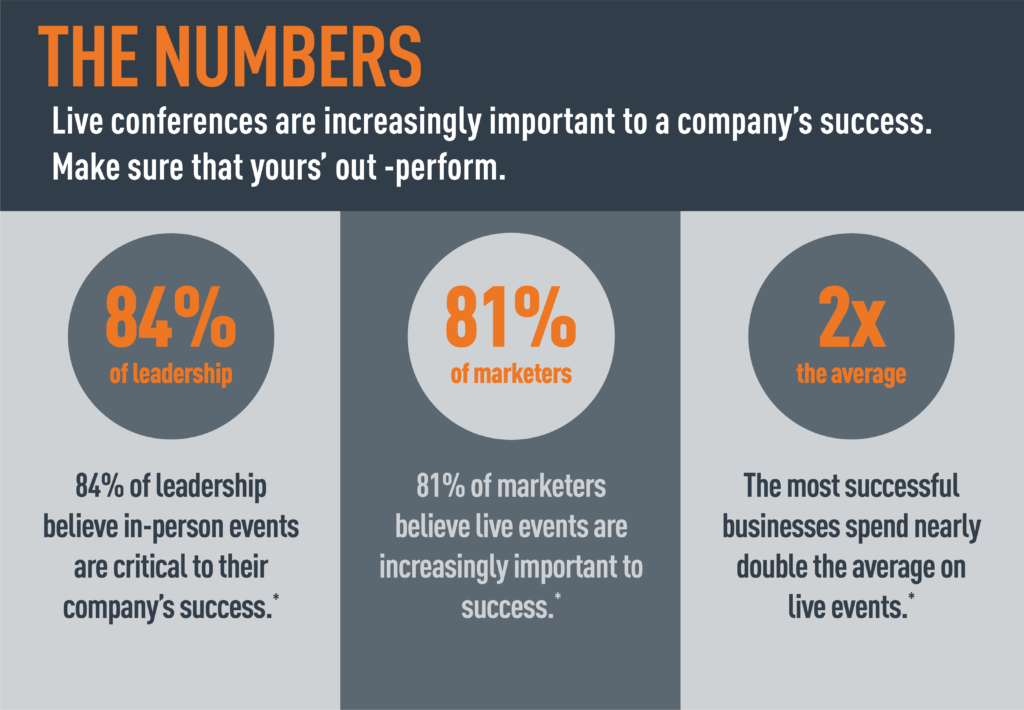
Let’s break it down.
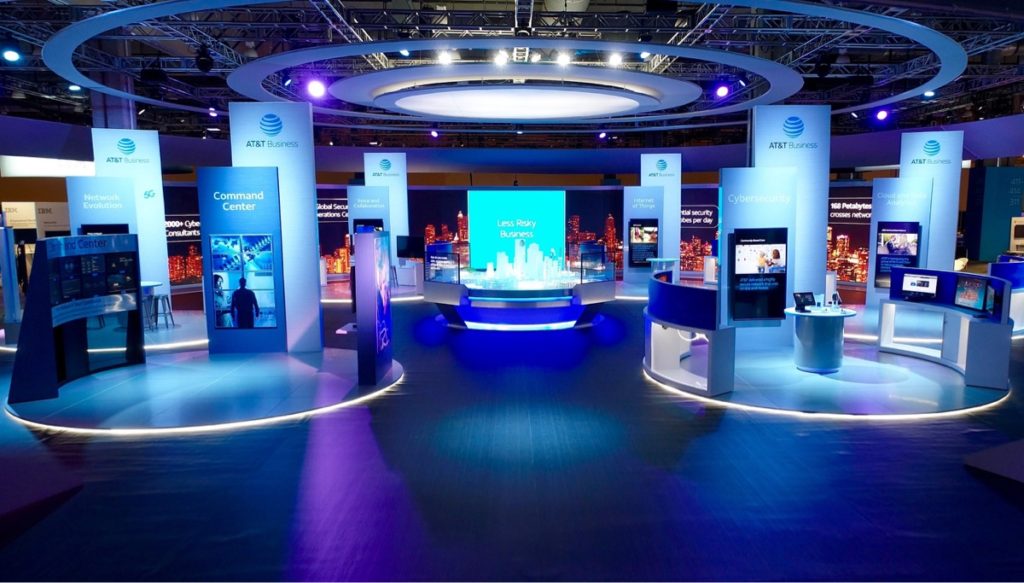
First, the conference environment. With thousands or even tens of thousands of people, it’s critical to carve vast convention halls into meaningful spaces. Call them neighborhoods, pavilions, pods or solution centers, dividing space by key content areas allows people to easily find solutions they seek and to engage in a more intimate, focused experience.
Smaller, highly focused spaces facilitate meaningful conversation. At best, they’re also flexible, allowing for varied programming formats ranging from small theaters, to exhibitions and demos, to genius bars and networking lounges. All in all: a far more personalized experience that energizes vs. exhausts.
And don’t forget the space between spaces. If you create easy, open pathways from one neighborhood to the others, it encourages networking and the kind of planned serendipity that sometimes leads to the just-in-time connections that end up proving most valuable.
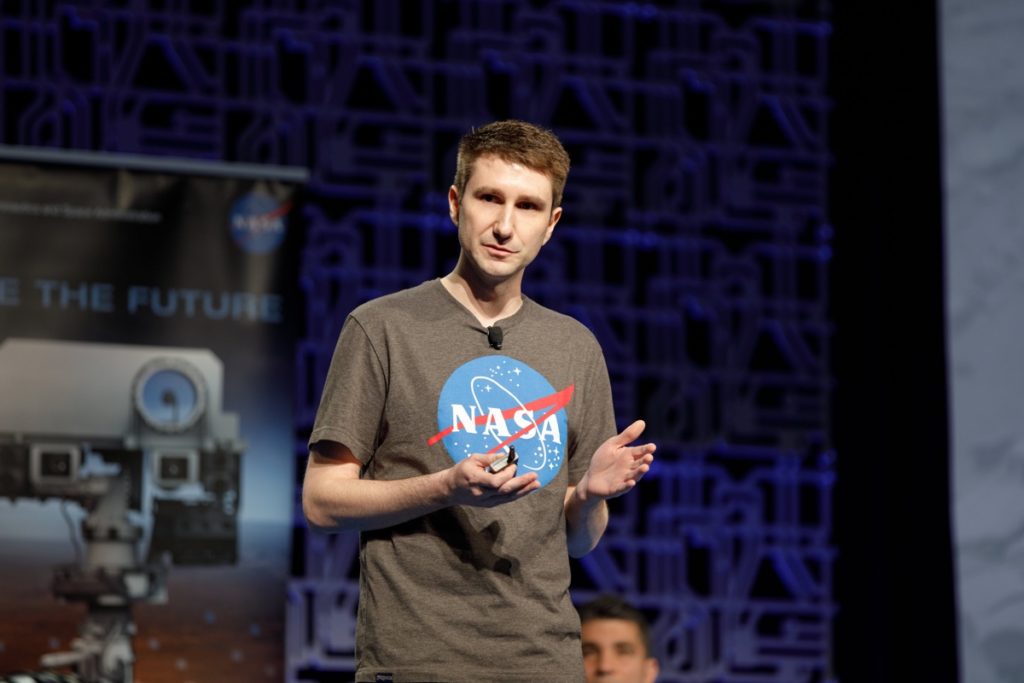
Next, the mainstage. Aside from programming short bursts of keynote content from brilliant presenters (in sessions ideally lasting no more than 90 minutes), we believe general sessions should be a conversation, not a presentation. Think: dialogue en masse. Making this manageable often means submitting questions via a Q&A platform.
We urge clients not to leave Q&A to the end, but to find two or three pauses to respond to audience questions. Live polls are another effective “mass conversation” tool to gauge where the audience stands on an issue, allowing presenters to respond in real time. Our bravest clients have even asked the audience to choose the topic they most want to learn about from a pre-determined menu. Of course, they’re prepared to speak to any answer that wins.
Finally, varying formats—using video, storytelling and interviews (where the interviewer plays “audience surrogate,” asking the tough questions)—helps ensure even the largest audiences stay plugged into the conversation.
Widening the circle.
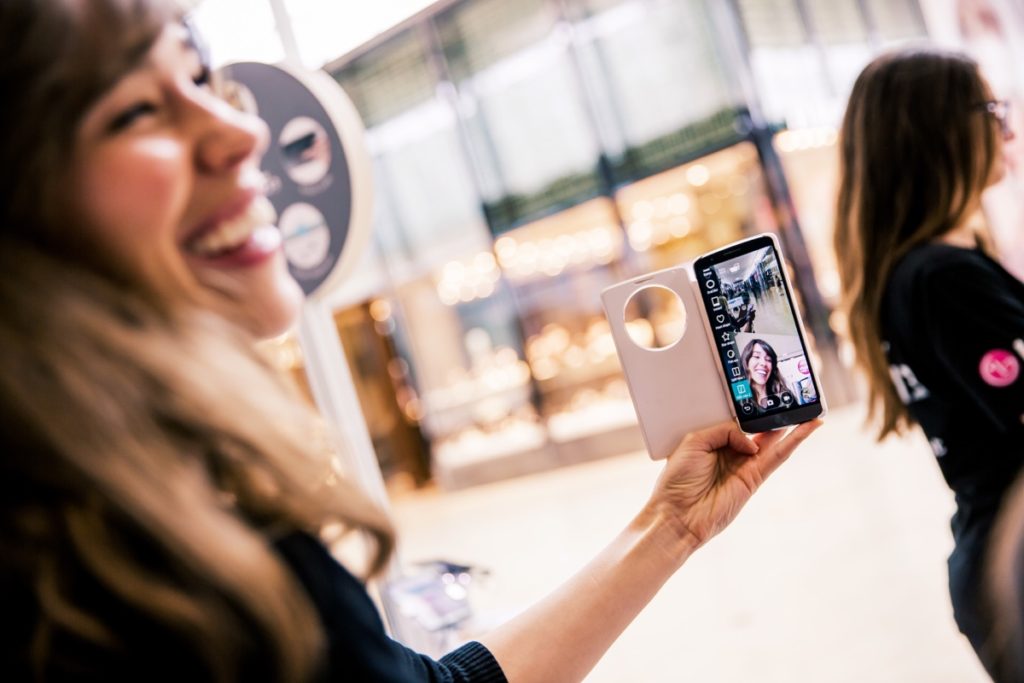
Given social media’s key role in our lives, any conversation can and will go beyond conference borders. We’ve worked with clients to ensure they program experiences and messages that participants want to share on their own, extending the conversation and brand reach far beyond onsite.
These experiences include everything from Instagram-able structures to onstage “wow” moments to short demos. When it makes sense, we encourage clients to live stream parts of the mainstage or report from areas of the exhibition, opening channels for live or online dialogue with remote participants.
In closing, creating a conversation vs. a traditional conference tells participants, “You matter. You have a voice that our brand wants to hear. You are part of this.” When stakeholders are convinced of this, it creates the kind of feelings that build the brand community, a gift that keeps on giving as people become more deeply engaged and keep coming back to your brand for more.


